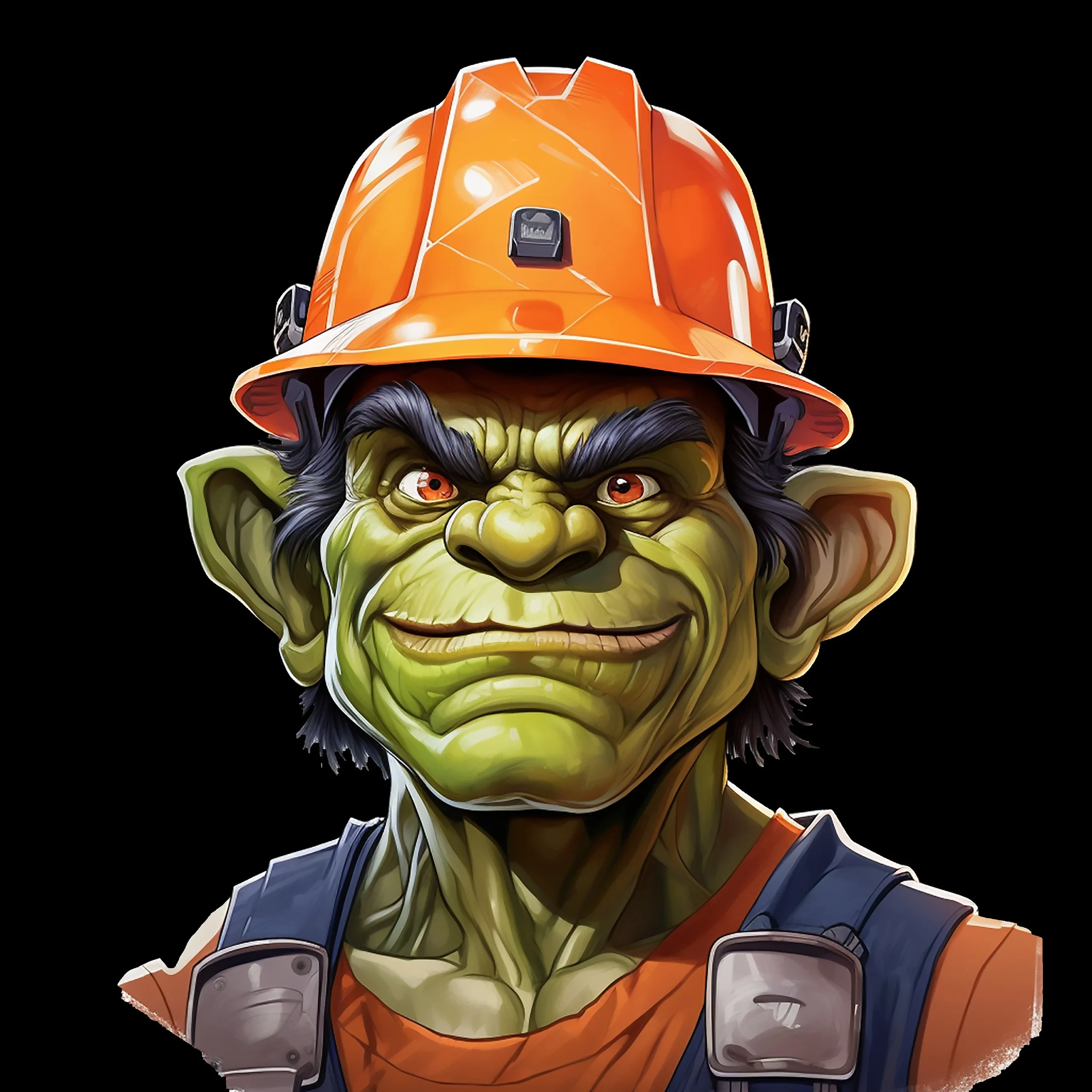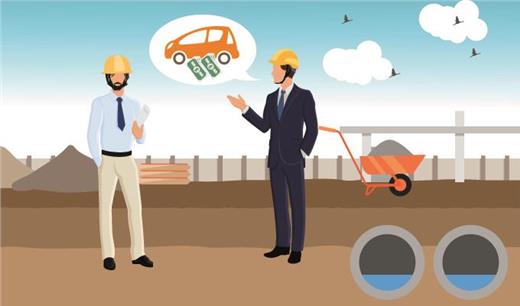Introduction
We don’t just build structures; we create legacies. That should be your motto as a superintendent. Not only are you the most important person on the jobsite, but you are imparting the highest level of safety, creativity, knowledge, understanding, leadership, forward thinking, and managerial insight; but you are also driving the project forward but maintaining the site, preparing the project for the next day, supporting the subcontractors and stakeholders, and communicating with all involved the processes and requirements to make the project successful.
A Construction Superintendent plays a crucial role in the successful execution of a construction project. They oversee on-site operations, ensure safety and quality standards are met, coordinate various teams, and drive projects from inception to completion. This manual serves as a comprehensive guide to the responsibilities, skills, and best practices required to excel in this role.
Role and Responsibilities
1. Understanding Drawings and Specifications
A Construction Superintendent must have a thorough understanding of project blueprints and specifications to ensure accurate execution.
Key Responsibilities:
- Study and interpret architectural, structural, and MEP (Mechanical, Electrical, Plumbing) drawings.
- Identify potential design conflicts and work with engineers and project managers to resolve them.
- Ensure all work adheres to specifications and meets quality standards.
Impact:
- Accurate execution of the project.
- Reduced errors and rework.
- Increased efficiency and cost control.
2. Monitoring Field Conditions and Construction Progress
Superintendents act as the eyes and ears on-site, ensuring that work is progressing as planned.
Key Responsibilities:
- Conduct daily site inspections and document progress.
- Identify potential delays and strategize solutions.
- Report daily progress to project stakeholders.
Impact:
- Keeps projects on track and within budget.
- Improves resource allocation and efficiency.
3. Contract Document Management
Superintendents play a pivotal role in developing and maintaining contract documents, ensuring all agreements and requirements are upheld.
Key Responsibilities:
- Maintain up-to-date project contracts, RFIs, and change orders.
- Ensure contractual obligations are met.
- Coordinate with project managers and legal teams for compliance.
Impact:
- Minimizes disputes and legal risks.
- Ensures accountability for all project stakeholders.
4. Tracking and Managing Action Items
Every task, no matter how small, must be accounted for to ensure seamless project execution.
Key Responsibilities:
- Track all field-related tasks and delegate responsibilities.
- Maintain updated checklists and completion records.
- Ensure timely execution of all project activities.
Impact:
- Reduces oversights and delays.
- Ensures efficient resource utilization.
5. Utilizing Construction Management Software
Technology plays a vital role in managing project documentation and progress tracking.
Key Responsibilities:
- Use project management software (e.g., Procore, Autodesk BIM 360) for documentation and tracking.
- Maintain an organized repository of all project files.
- Ensure real-time access to project updates for all stakeholders.
Impact:
- Streamlines communication and project tracking.
- Reduces paperwork and improves efficiency.
6. Quality Assurance and Safety Compliance
Superintendents are responsible for ensuring all work adheres to the highest standards of quality and safety.
Key Responsibilities:
- Enforce adherence to QA/QC manuals.
- Conduct regular safety inspections and toolbox talks.
- Address non-compliance issues immediately.
Impact:
- Ensures worker safety and regulatory compliance.
- Reduces project risks and liabilities.
7. Contractor Coordination
A Construction Superintendent must manage multiple contractors and ensure smooth collaboration between trades.
Key Responsibilities:
- Schedule and coordinate subcontractors to avoid delays.
- Mediate disputes between contractors and resolve conflicts.
- Ensure work sequencing aligns with the project schedule.
Impact:
- Enhances teamwork and efficiency.
- Minimizes bottlenecks and rework.
8. Punch List Coordination and Closeout Process
The final stage of a project requires meticulous attention to detail.
Key Responsibilities:
- Develop and manage punch lists for project completion.
- Coordinate with contractors to resolve outstanding issues.
- Review the closeout checklist with the project manager before handover.
Impact:
- Ensures smooth project turnover.
- Confirms all contractual and quality requirements are met.
9. Trade Scope Development
Defining individual trade scopes is crucial to ensuring accountability and proper task execution.
Key Responsibilities:
- Work with the project team to define clear trade scopes.
- Establish detailed expectations for subcontractors.
- Monitor performance and adherence to scope requirements.
Impact:
- Reduces scope creep and cost overruns.
- Enhances clarity and efficiency among trade partners.
10. Coordination with Key Project Stakeholders
A successful project relies on strong collaboration between various stakeholders.
Key Responsibilities:
- Work closely with project managers, preconstruction managers, and SPMs.
- Ensure constructability reviews are incorporated into contract documents.
- Maintain open communication channels to facilitate issue resolution.
Impact:
- Strengthens project cohesion and communication.
- Enhances planning and execution strategies.
Essential Skills for a Construction Superintendent
Let’s look at the baseline skills, capabilities, and qualities of a good construction superintendent….
Outline:
1. Leadership
- Ability to motivate and manage diverse teams.
- Strong decision-making and conflict-resolution skills.
2. Technical Expertise
- In-depth knowledge of construction processes, materials, and regulations.
- Familiarity with construction software and digital tools.
3. Problem-Solving Ability
- Quick thinking and adaptability to on-site challenges.
- Proactive approach to identifying and resolving project issues.
4. Communication Skills
- Clear and effective verbal and written communication.
- Strong negotiation and stakeholder management skills.
5. Attention to Detail
- Keen eye for detecting potential errors or compliance issues.
- Thorough documentation and organizational skills.
Now, let’s discuss each of these in detail……
1. Leadership
A Construction Superintendent must possess strong leadership skills to guide diverse teams effectively. Leadership in construction involves:
- Motivating Teams – Encouraging productivity and maintaining morale among workers, even in high-pressure environments.
- Managing Diversity – Construction teams consist of skilled laborers, subcontractors, engineers, and project managers. A superintendent must understand and manage different work styles and expectations.
- Decisiveness – Superintendents often make real-time decisions that impact project timelines and budgets. Strong decision-making skills prevent costly mistakes and delays.
- Conflict Resolution – Disputes can arise between contractors, suppliers, and laborers. A superintendent must mediate conflicts professionally to maintain efficiency and a collaborative work environment.
2. Technical Expertise
A superintendent should have extensive knowledge of construction processes, materials, and regulations. This includes:
- Understanding Construction Methods – Knowledge of structural, mechanical, and finishing processes ensures proper sequencing and execution of work.
- Familiarity with Materials – Selecting the right materials for durability, cost-efficiency, and compliance with project specifications.
- Regulatory Compliance – Ensuring the project adheres to OSHA safety regulations, building codes, and environmental laws.
- Technology Adoption – Construction software (e.g., Procore, AutoCAD, Revit) enhances project tracking, documentation, and coordination. Superintendents must be comfortable using these tools.
3. Problem-Solving Ability
Construction sites are unpredictable, requiring superintendents to think quickly and adapt. Key problem-solving aspects include:
- Identifying Issues Proactively – Spotting design inconsistencies, material shortages, or scheduling conflicts before they escalate.
- Developing Practical Solutions – Creating alternative construction methods or adjusting workflows to maintain project momentum.
- Adapting to Changing Conditions – Weather, supply chain disruptions, and labor shortages require on-the-fly decision-making.
4. Communication Skills
A Construction Superintendent interacts with multiple stakeholders, requiring strong verbal and written communication skills:
- Clarity and Precision – Instructions must be clear to avoid misinterpretations that could lead to costly errors.
- Negotiation Skills – Managing contracts, budgets, and project expectations often involves negotiating with suppliers, contractors, and clients.
- Stakeholder Coordination – Effective communication with project managers, architects, and inspectors ensures alignment with project goals.
5. Attention to Detail
Construction projects require meticulous attention to avoid costly errors or safety hazards:
- Error Detection – Spotting misalignments in structural components, improper installations, or code violations early prevents rework.
- Organized Documentation – Keeping accurate logs of daily activities, inspections, and material deliveries ensures accountability.
- Compliance Monitoring – Ensuring adherence to safety protocols, quality control measures, and regulatory requirements.
Conclusion
The Construction Superintendent is the backbone of any successful construction project. Their expertise, problem-solving ability, and leadership skills ensure projects remain on track, adhere to the highest quality standards, and are completed safely and efficiently. By mastering the responsibilities outlined in this manual, a superintendent can drive project success and uphold the integrity of the construction industry.





